Deal is a vibrant coastal settlement in south-east England, lying where the North Sea and the English Channel meet. A former fishing, mining and garrison town, Deal’s history is closely linked to the anchorage known as The Downs, an area of sea sheltered by the Goodwin Sands. To the south is Walmer, a possible location for Julius Caesar’s first arrival in Britain.
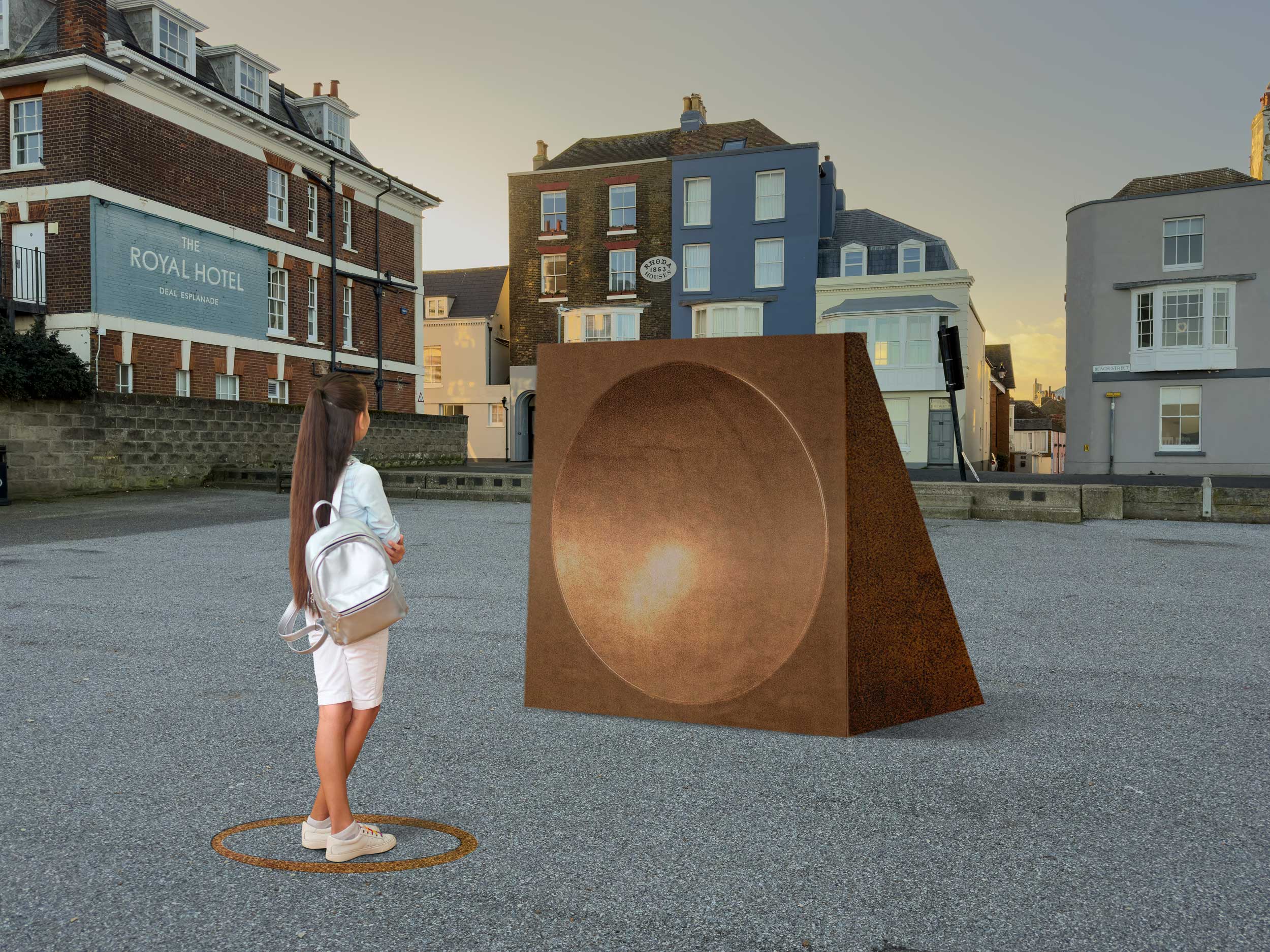
Bill Elliot, who lived close to Deal’s historic seafront, bequeathed £45,000 ‘to create a work of art that would enhance the beauty of the town’
In January 2023, Deal Town Council invited ideas for a ‘beautiful installation that would stand for generations to come’
From many ideas submitted, a proposal for a sound mirrror was chosen, designed by Deal artist Michael Bennett. (Visualised above and below)
The winning proposal is for the construction of a thought-provoking installation which will enhance public enjoyment of the seafront, provide historical insights into the town’s nautical and military past, detail its role in previous world conflicts, give delight to those with sensory impairment, and become a lasting memorial to the benefactor.
Consisting of a 1.78m (6 feet) high structure with a sound mirror on one side, it will be oriented towards the sea.
The rear has a map showing shipwrecks on the Goodwin Sands over the centuries and the historical, scientific and military concepts behind the object.
Notes on the benefactor, relevant dates and context of the object’s creation can be seen and touched.
A marked focus point in front of the mirror enables those standing on it to hear amplified sounds of the sea and have any sound they make to be reflected back magnified.
“ …If you listen carefully you may be able to hear the sound of shipwrecks on the sands”
Maritime background
Goodwin Sands is a 10-mile-long (16 km) sandbank at the southern end of the North Sea lying 6 miles (10 km) off the Deal coast in Kent, England.The banks lie between 0.5 m (1 ft 8 in) above the low water mark to around 3 m (10 ft) below low water, except for one channel that drops to around 20 m (66 ft) below. It extends up to about 7 miles offshore between North Foreland and South Foreland. The area surrounding the sands is littered with the wrecks of numerous vessels, including the South Goodwin Light vessel that foundered in 1954.
More than 2,000 ships are believed to have been wrecked upon the Goodwin Sands because they lie close to the major shipping lanes through the Straits of Dover. The few miles between the sands and the coast is a safe anchorage, known as The Downs, used as a refuge from foul weather. In the days of sail, vessels would wait for a favourable wind, many en route to London through the Thames Estuary. It was common to find four or five hundred ships waiting for a slight change in wind direction that would allow them to proceed. Deal later became a major naval port, at one time the busiest in England.
Notable shipwrecks include HMS Stirling Castle in 1703, VOC ship Rooswijk in 1740, the SS Montrose in 1914, and the South Goodwin Lightship, which broke free from its anchor moorings during a storm in 1954. Several naval battles have been fought nearby, including the Battles of the Goodwin Sands in 1602 and in 1652, and the Battle of Dover Strait in 1917.
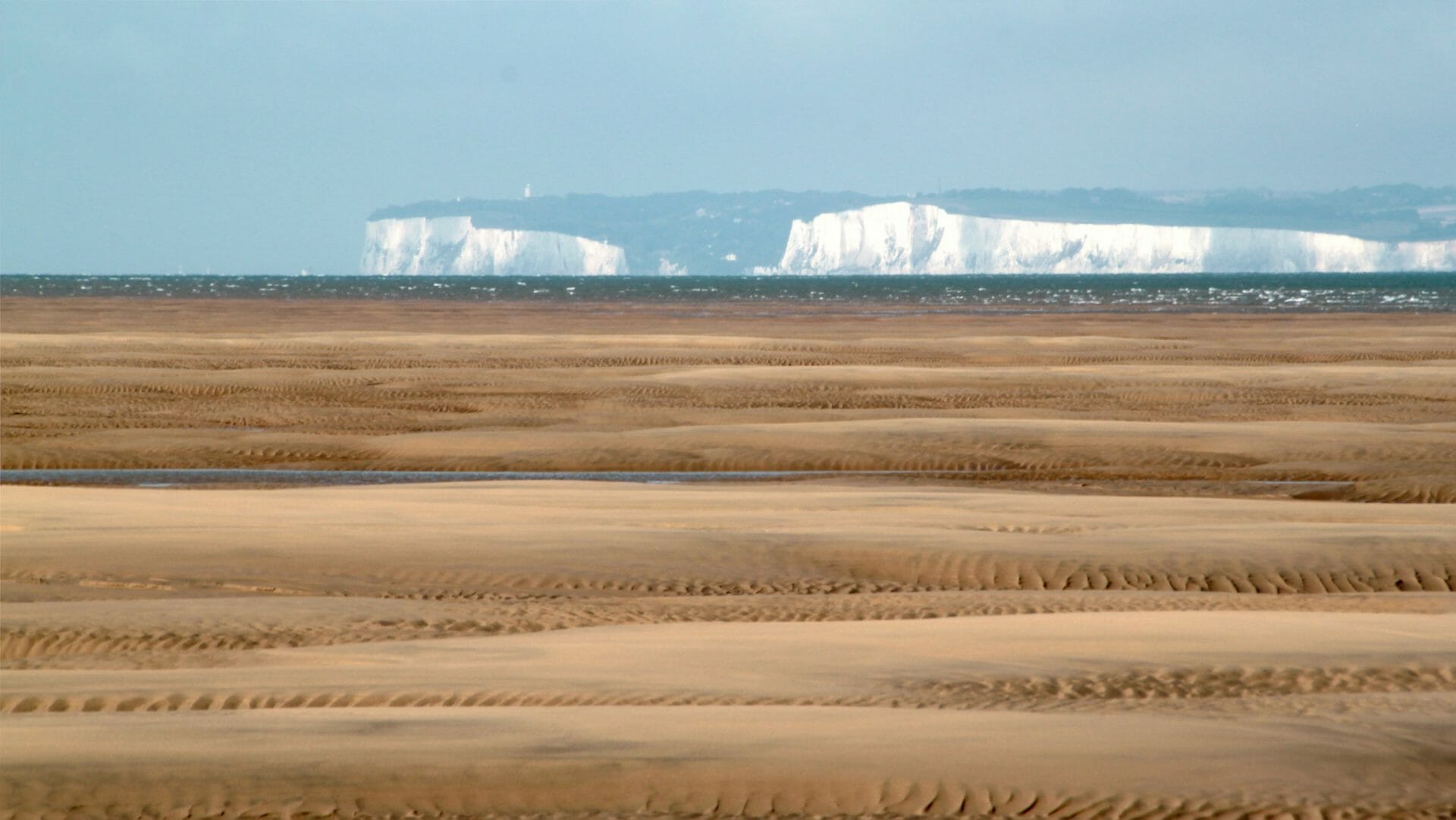
“Why, yet it lives there uncheck’d that Antonio hath a ship of rich lading wrecked on the narrow seas; the Goodwins, I think they call the place; a very dangerous flat and fatal, where the carcasses of many a tall ship lie buried, as they say, if my gossip Report be an honest woman of her word.”
William Shakespeare, The Merchant of Venice
Scientific background
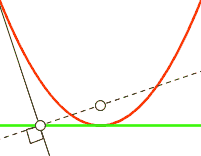
Wikipedia
Sound mirrors use the properties of a parabolic shape to focus sound waves. Discovered by Menaechmus in the 4th century BC, parabolas take the form of a conic section, extending to infinity: left, right and outwards, with no end points. Parabolic shapes can be found in directional microphones, bridges, architecture (often in churches), searchlights, solar energy collectors and all satellite dishes. An aircraft flying in a parabolic path, simulating zero gravity, is used to train astronauts.

Wikimedia Commons

Wikimedia Commons
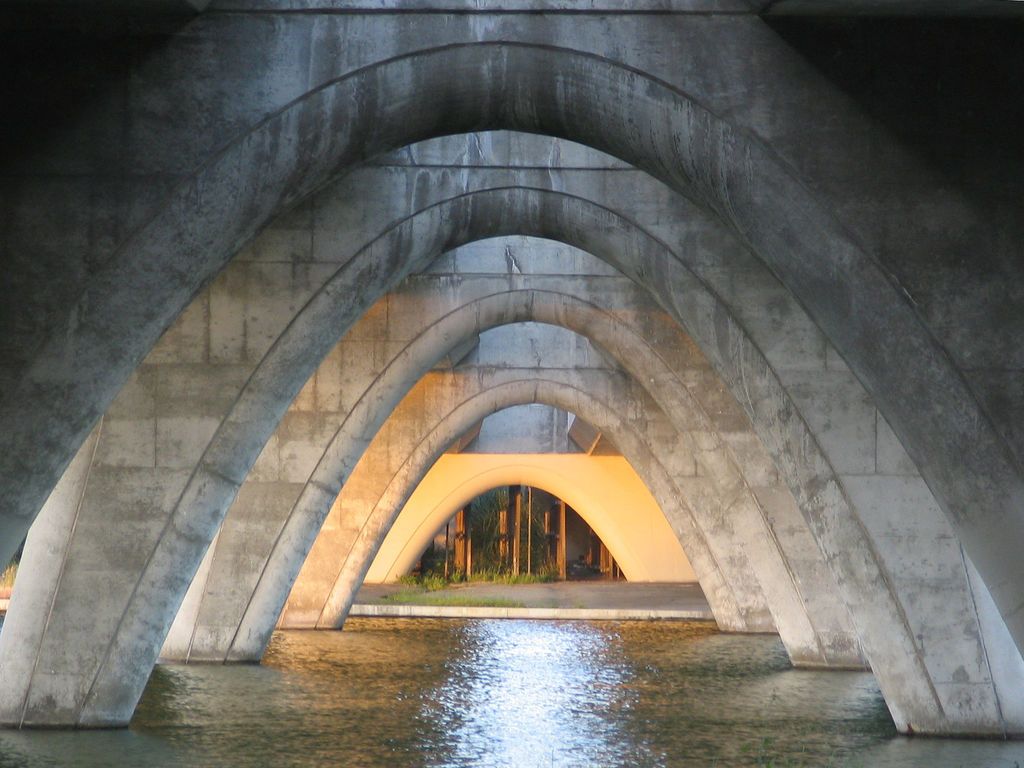
Location
The Sound Mirror is sited next to the Royal Hotel, on Deal’s promenade, at the point where it is at its widest.

The Maths
The Sound Mirror is in the exact shape of a parabola, to reflect sound
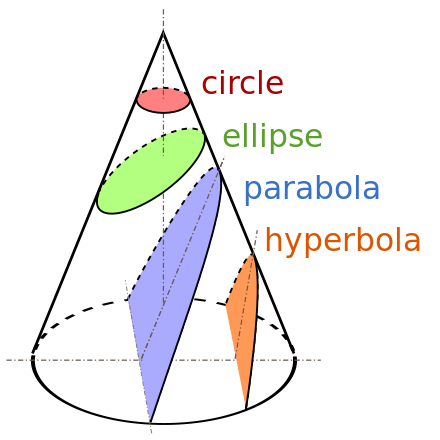
Wikipedia
The earliest known work on conic sections was by Menaechmus in the 4th century BC. The area enclosed by a parabola and a line segment, the so-called “parabola segment”, was computed by Archimedes in the 3rd century BC.
Galileo showed that the path of a projectile follows a parabola, a consequence of uniform acceleration due to gravity.
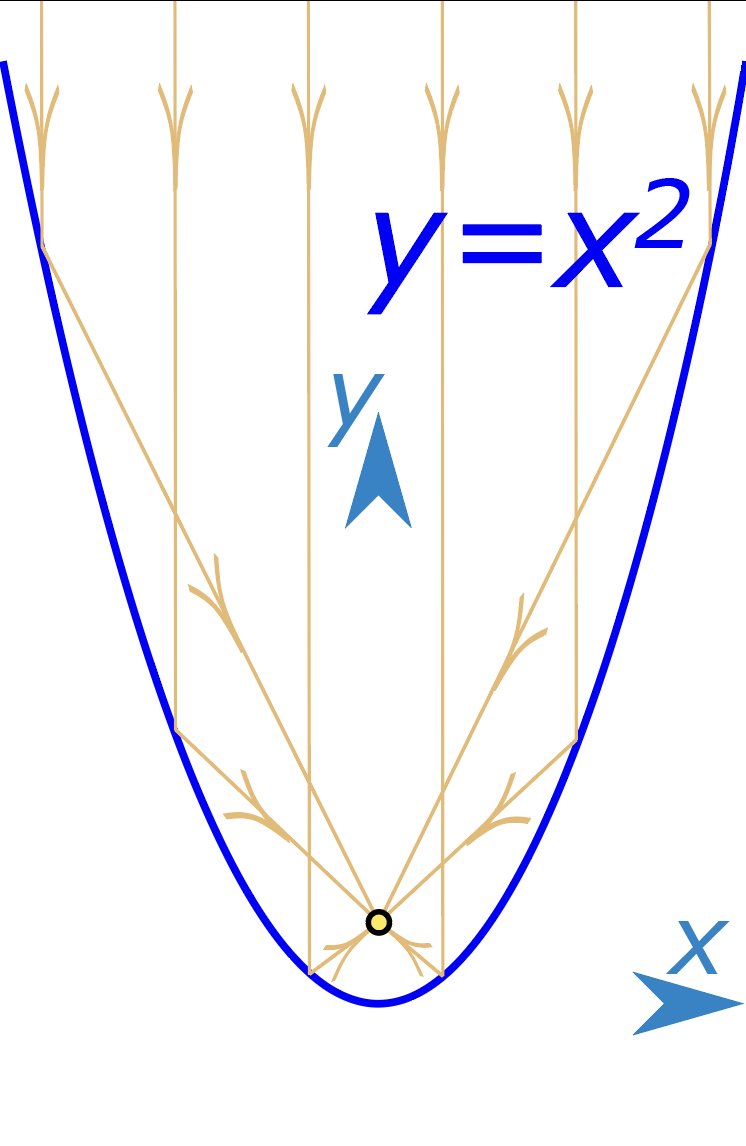

The reflective property of a parabola works for sound in the same way as light: rays or sound waves travelling parallel to the axis of symmetry are reflected toward the focus.
The shape of our parabolic dish was drawn in Adobe Illustrator using a script. Only a small section of a parabola was used, to make a reflector 9cm in depth, 160 cm wide.
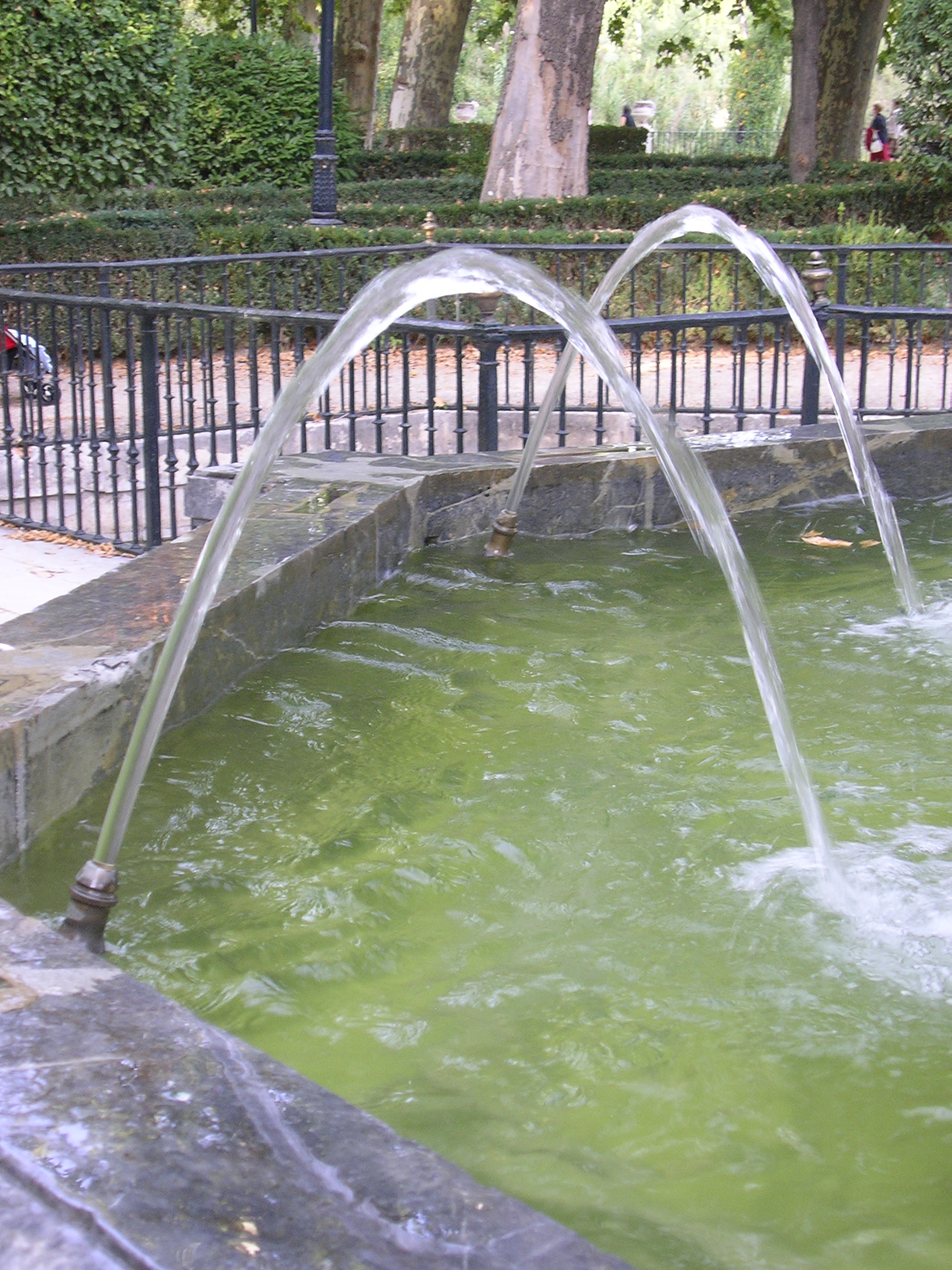
Wikipedia
Historical background

Wikipedia/Paul Russon
Invented by Major William Sansome Tucker, sound mirrors were constructed around the coast of the UK in the decades following the First World War, with the intention of providing early warning of incoming enemy aircraft. The passive listening devices were large parabolic devices, usually made of concrete, which were capable of detecting sound from great distances. Many of these large structures have survived and can be found at Folkestone, Dover, Denge and Hythe. They were fitted with listening devices or microphones at their focal point. Construction in the early years of the Second World War was halted following the deployment of radar.
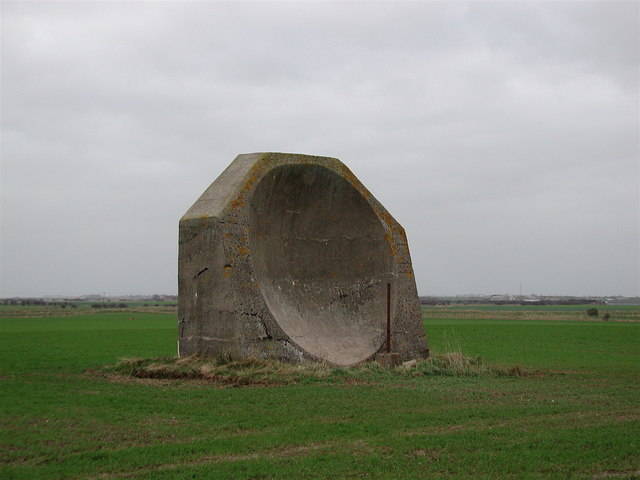
Wikipedia/Paul Glazzard
Inspiration
Artist Michael Bennett writes:
“My father was a member of RAF 80 Wing, stationed in 1944 at Hope Point, Kingsdown, towards the end of World War Two. He was 21.
He described operating radar devices in an open-ended Nissan hut on the clifftop. They were part of the Beam Bending operation, which attempted to fool enemy bombers headed for English cities into following their spoofed radio beams leading to nowhere. One of their later tasks was to monitor the launch of V2 rockets (an early weapon of mass destruction) at Cape Gris Nes, attempting to deflect them using signals from 35-metre (120 feet) masts.
They watched and listened to activity on the other side of the Dover Straits from a requisitioned house at the highest point on The Leas.
Subject to frequent enemy shelling, it was a dangerous place to be. They were young, chosen by the RAF for their speed of reaction (they had just 60 seconds to fine-tune their transmitters).
‘The idea of creating a listening device facing out to sea was inspired by my late father’s recollections and stories.”
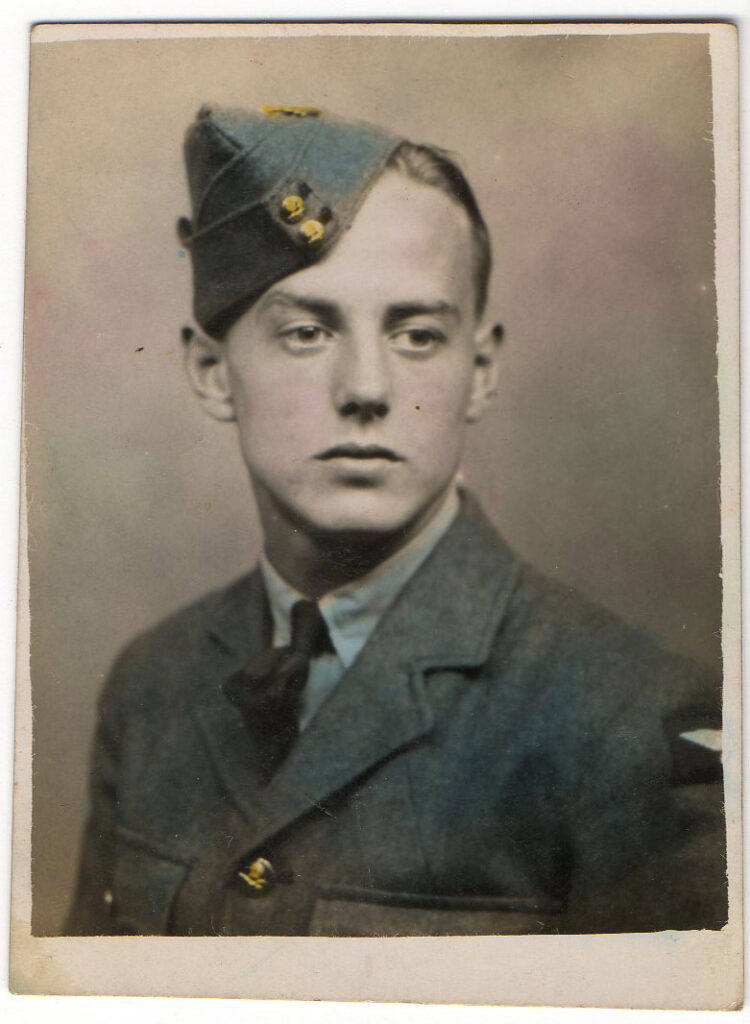
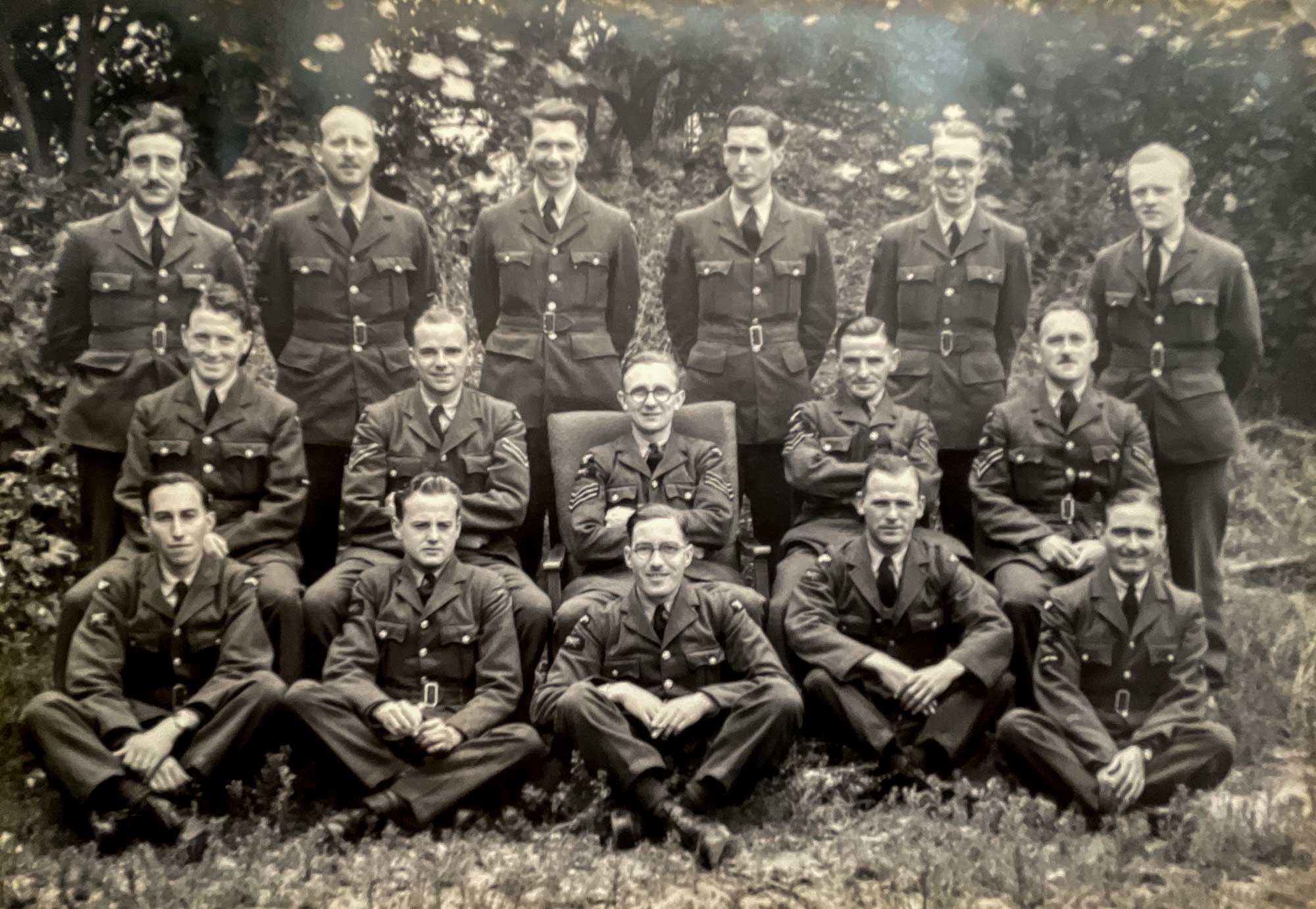
Sculpture for the Town of Deal
Completion: summer 2024